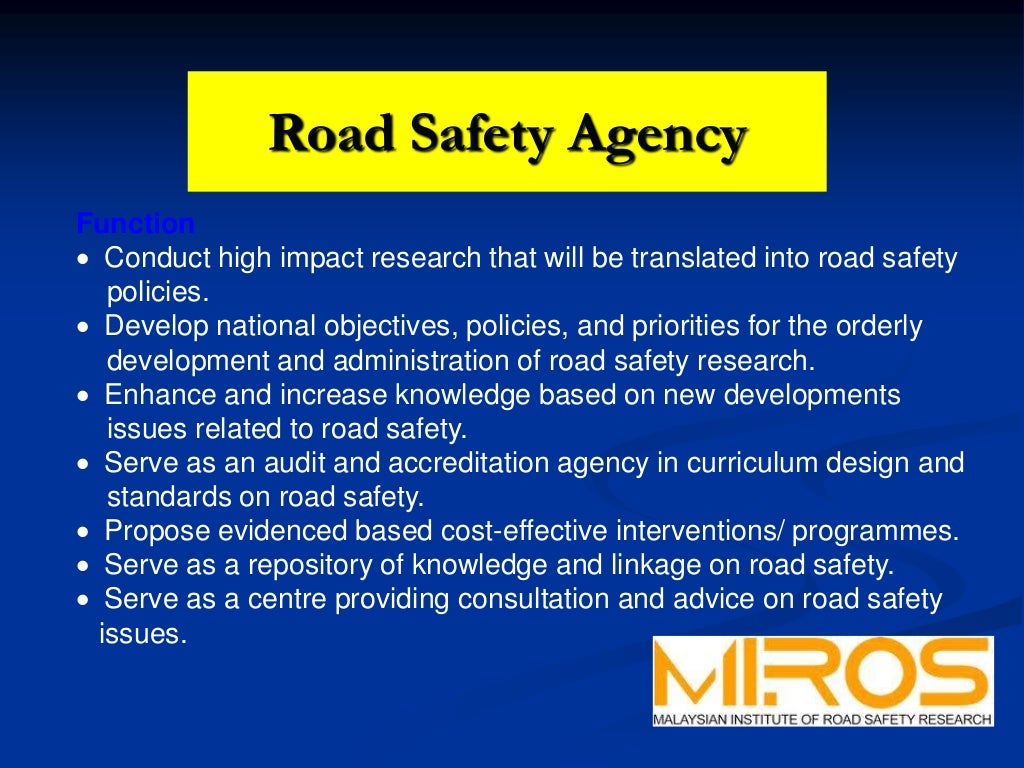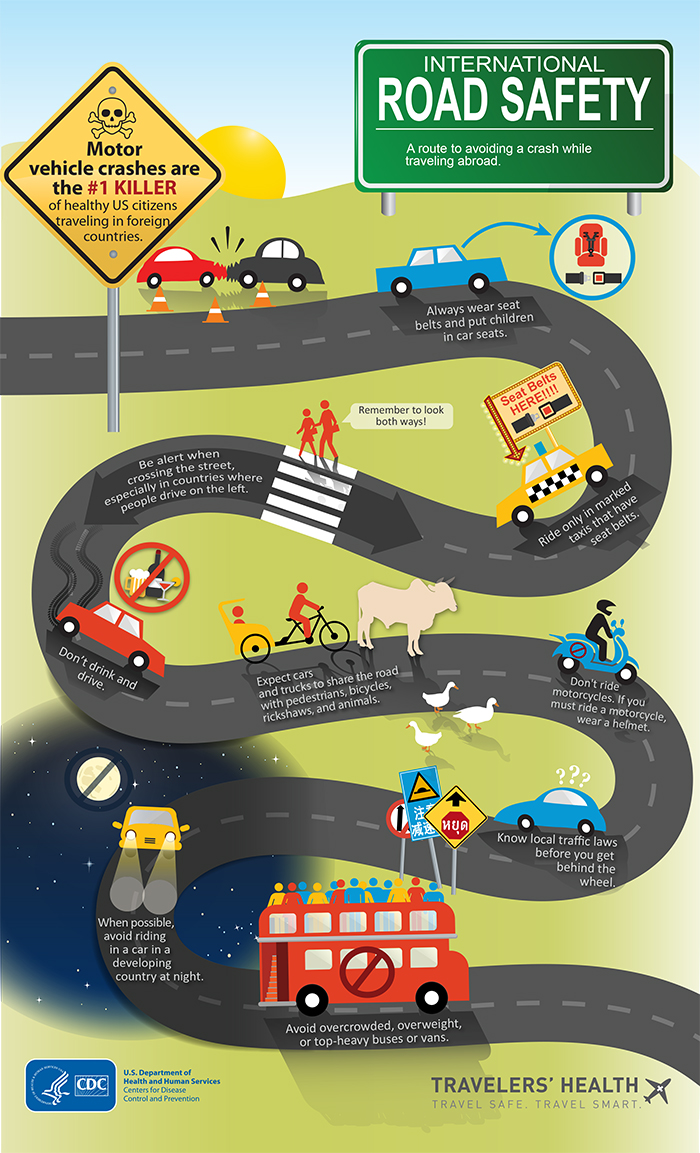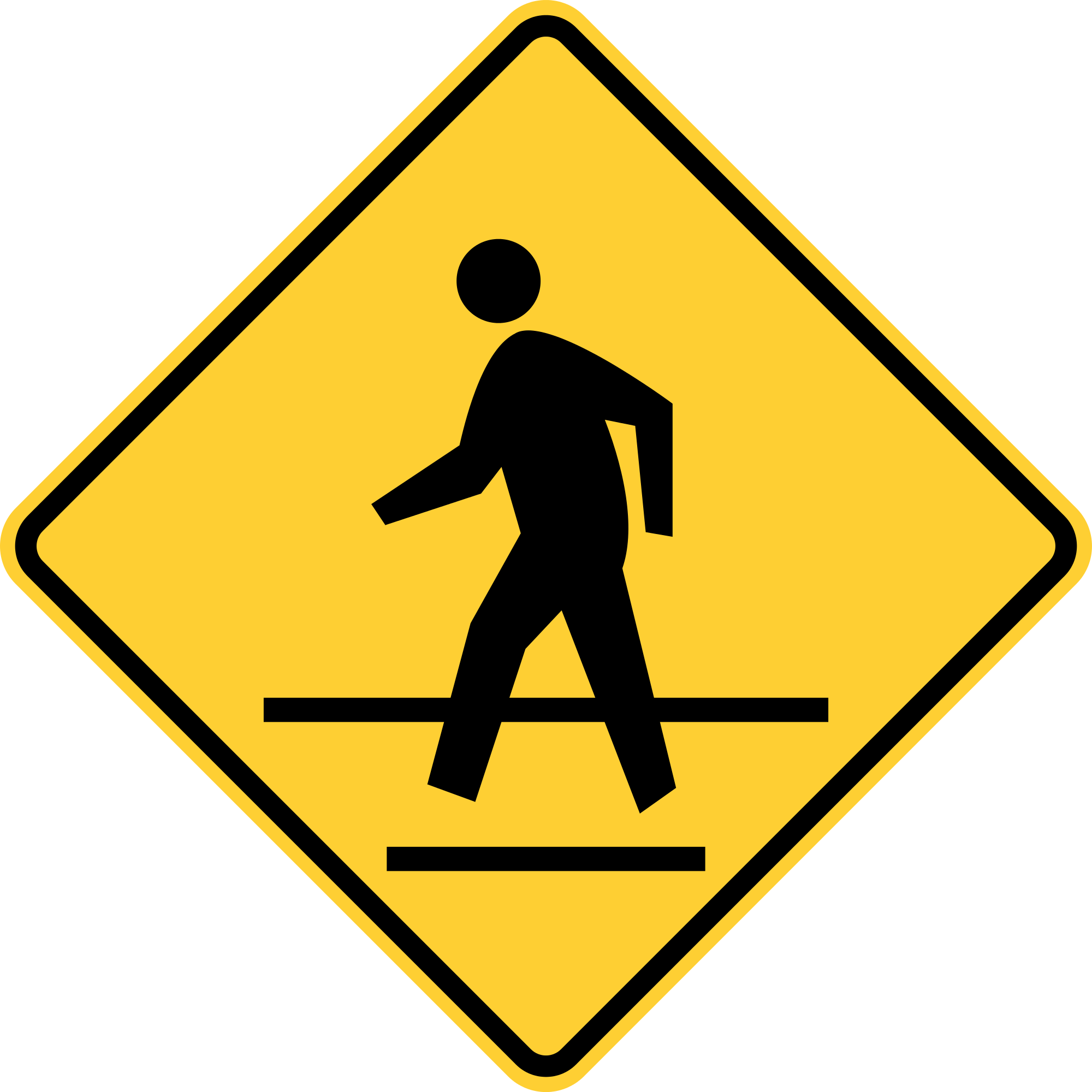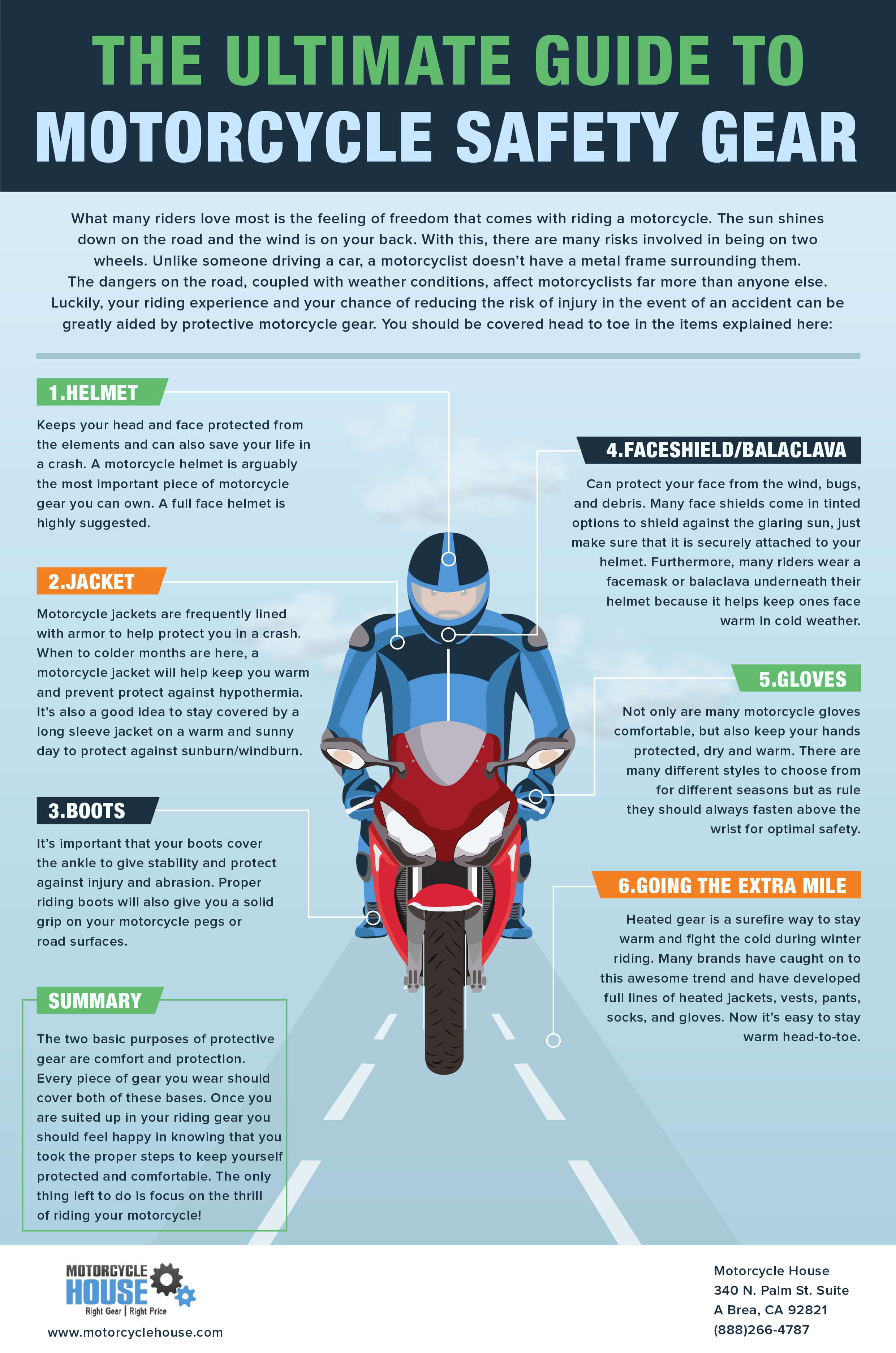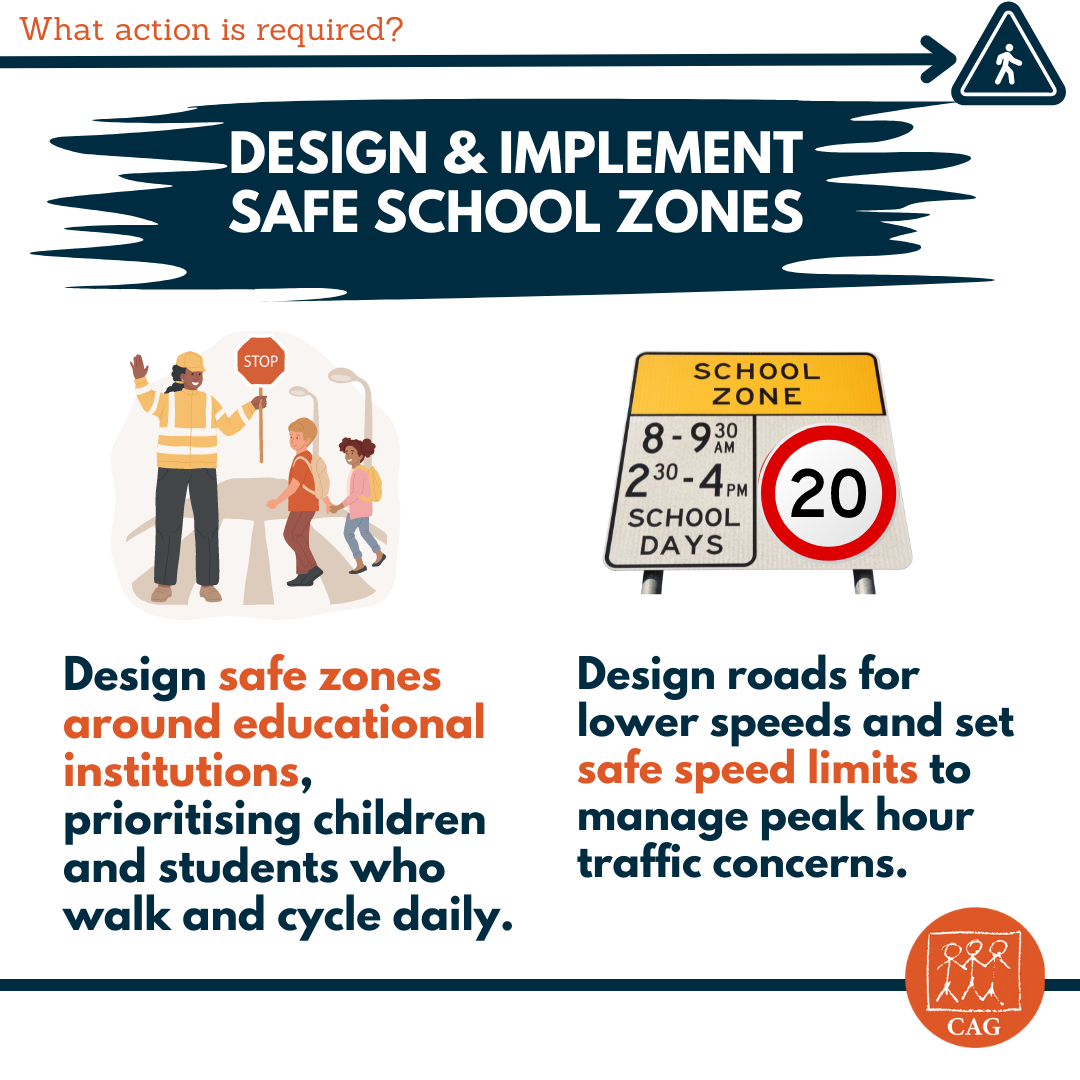Road Safety Presentation
| Introduction to Road Safety | ||
|---|---|---|
| Road Safety is the practice of preventing accidents and injuries on the road. It involves the implementation of various measures to ensure the safety of road users. Road Safety is crucial to reduce the number of fatalities and injuries caused by traffic accidents. | ||
| 1 | ||
| Importance of Road Safety Education | ||
|---|---|---|
| Road Safety Education plays a vital role in creating awareness and promoting safe behavior on the road. It helps individuals understand traffic rules, signs, and regulations. Road Safety Education enhances the knowledge and skills of road users, making them responsible and cautious drivers. | ||
| 2 | ||
| Key Factors of Road Safety | ||
|---|---|---|
| Speed Management: Adhering to speed limits and driving at an appropriate speed reduces the risk of accidents. Seat Belt Usage: Wearing seat belts saves lives and prevents severe injuries in case of collisions. Avoiding Distractions: Keeping focus on the road and avoiding distractions such as mobile phones or eating while driving. | ||
| 3 | ||
| Road Safety for Pedestrians | ||
|---|---|---|
| Use Pedestrian Crosswalks: Crossing at designated areas with proper signals ensures safety. Look Both Ways: Pedestrians should always check for oncoming traffic before crossing the road. Be Visible: Wearing reflective clothing and using pedestrian lights at night increases visibility and reduces accidents. | ||
| 4 | ||
| Road Safety for Cyclists | ||
|---|---|---|
| Wear Helmets: Wearing a helmet can significantly reduce the risk of head injuries in case of accidents. Follow Traffic Rules: Cyclists should obey traffic signals, ride in designated lanes, and signal their intentions. Be Visible: Using lights and reflective gear increases visibility and alerts drivers of their presence. | ||
| 5 | ||
| Road Safety for Motorcyclists | ||
|---|---|---|
| Wear Protective Gear: Wearing helmets, gloves, and protective clothing reduces the risk of severe injuries. Defensive Riding: Anticipating potential hazards, maintaining a safe distance, and avoiding aggressive maneuvers. Regular Maintenance: Ensuring the motorcycle is in good condition with properly functioning brakes, lights, and tires. | ||
| 6 | ||
| Road Safety for Drivers | ||
|---|---|---|
| Avoid Impaired Driving: Never drive under the influence of alcohol, drugs, or when feeling drowsy. Maintain Safe Distance: Following the 3-second rule and keeping a safe distance from the vehicle ahead. Use Turn Signals: Signaling intentions before turning or changing lanes helps other drivers anticipate your moves. | ||
| 7 | ||
| Road Safety for Night Driving | ||
|---|---|---|
| Use Headlights: Ensure headlights are on at dusk, dawn, and during dark hours to improve visibility. Reduce Speed: Driving at a slower speed during nighttime allows for better reaction time. Avoid Glare: Adjusting rearview mirrors to avoid the glare of oncoming headlights. | ||
| 8 | ||
| Road Safety for School Zones | ||
|---|---|---|
| Follow Speed Limits: Adhere to posted speed limits in school zones to protect children. Watch for Crossing Guards: Yield to crossing guards directing children across the road. Be Alert: Expect children to be present and be prepared for sudden movements or distractions. | ||
| 9 | ||
| Conclusion | ||
|---|---|---|
| Road Safety is everyone's responsibility to ensure the well-being of all road users. By following traffic rules, being alert, and promoting safe behavior, we can reduce accidents and save lives. Let's work together to create safer roads for everyone. Note: This is just an example presentation. You can modify and expand on these points as per your requirements. |  | |
| 10 | ||
